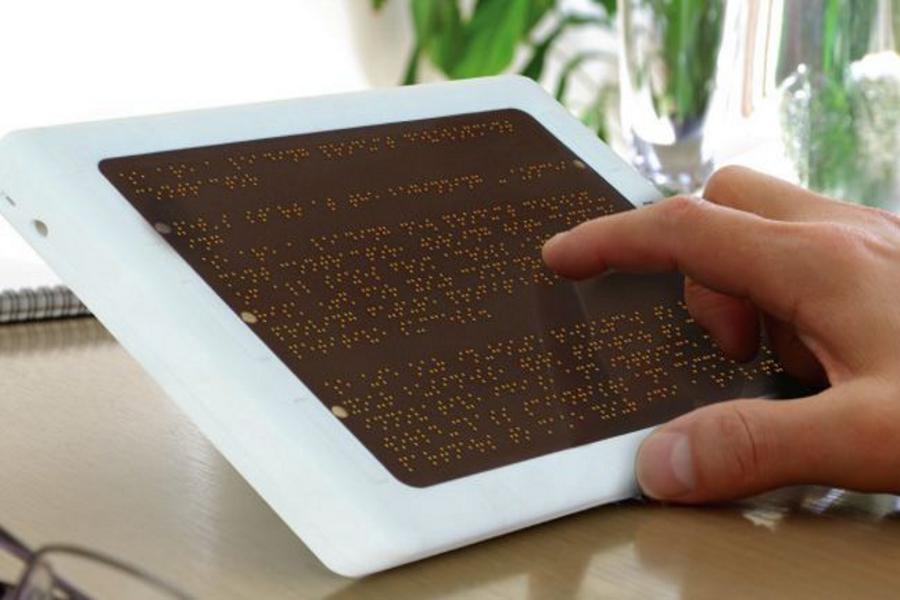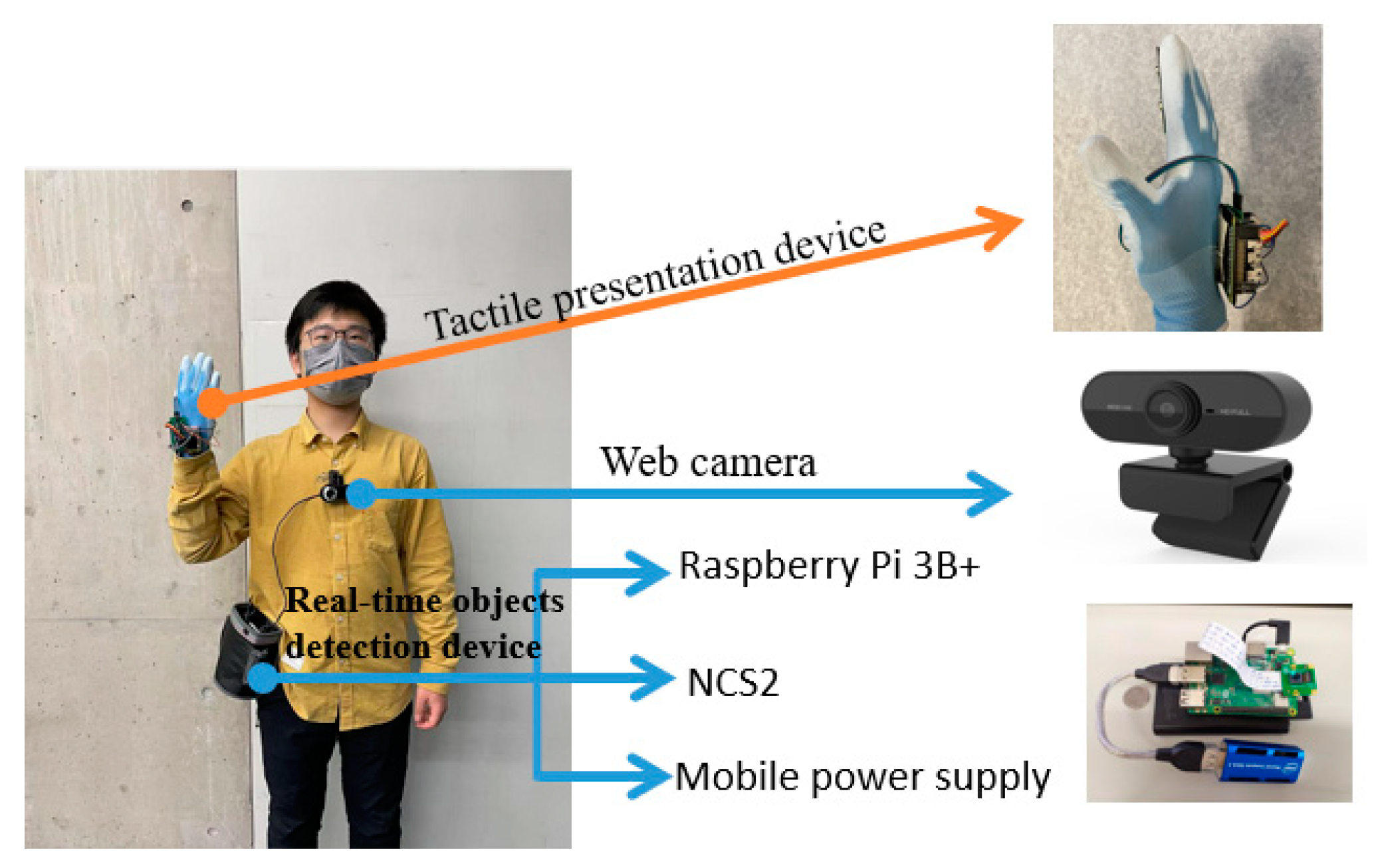Empowering Self-reliance With Assistive Technology for the Blind
The assimilation of assistive innovation right into the lives of people with aesthetic disabilities stands for a significant development in promoting freedom and self-sufficiency. From innovative screen readers to advanced wise walking sticks, these tools not just boost everyday navigation and communication yet also encourage users to engage meaningfully in various facets of life. As we discover the myriad benefits and real-world applications of these innovations, it becomes crucial to analyze the hidden elements that add to their performance and the potential for future developments in this important field.
Introduction of Assistive Modern Technology

The advancement of assistive technology is based in principles of inclusivity and empowerment. Advancements in software application, equipment, and sensory enhancements supply customers with options customized to their specific requirements. From screen readers that transform text to speech, to responsive tools that communicate information with touch, these devices change the way individuals involve with their surroundings.
Along with functional applications, assistive technology promotes better social addition and participation in various sectors, including education and learning and work (Braille displays and notetakers). As r & d continue to advance, the possibility for assistive technology to better improve the lives of aesthetically damaged individuals continues to be encouraging, leading the way for a more equitable culture where everyone can prosper
Sorts Of Assistive Gadgets
A variety of assistive gadgets have actually emerged to sustain people with visual disabilities, each designed to meet details requirements and boost daily performance. These tools vary from low-tech solutions to high-tech developments, offering diverse options for users.
Low-tech tools include magnifiers and large-print products that aid in reading and writing. Braille tools, such as Braille slates and stylus pens, allow responsive reading and communication. Alignment and flexibility help, like white walking sticks, help users browse their setting safely.
On the greater end of the range, electronic magnifying systems and display viewers provide substantial support. Electronic magnifiers allow individuals to expand message and pictures on displays, while screen readers transform digital web content into synthesized speech, assisting in accessibility to information on computers and smartphones.
Smart device applications also play an important duty, offering features like message recognition and navigating assistance. Wearable modern technology, such as clever glasses furnished with augmented reality, is becoming an appealing device to boost situational recognition.
Advantages of Assistive Modern Technology
The assimilation of assistive technology significantly enhances the lifestyle for people with aesthetic impairments. These modern technologies empower users by promoting self-reliance, enabling them to navigate their environments extra efficiently and execute day-to-day jobs with greater ease. Screen readers and zoom software program enable individuals to gain access to digital details, fostering educational and specialist possibilities that might have formerly been out of reach.
Additionally, assistive devices such as smart canes and GPS applications provide real-time navigating support, improving movement and security. This enhanced freedom not just improves self-esteem but additionally motivates social involvement, enabling Recommended Reading customers to participate even more completely in their neighborhoods.
Assistive technology likewise assists in communication, aiding individuals get in touch with others through voice acknowledgment and text-to-speech applications. This ability is important for keeping partnerships and accessing essential details.
Additionally, the personalization choices offered with lots of assistive modern technologies make sure that customers can customize devices to their certain demands, even more improving use and performance. In general, the benefits of assistive technology for individuals with visual disabilities are profound, advertising a much more inclusive society where everyone can seek their goals and goals.
Study and Success Stories
Highlighting the transformative influence of assistive innovation, numerous situation researches show exactly how people with aesthetic impairments have successfully integrated these devices right into their every day lives. One engaging example includes an university student that used screen analysis software to navigate academic materials and on the internet sources efficiently. This technology not just promoted her education yet also boosted her self-confidence in taking part in conversations and team tasks.
An additional study features an expert who utilizes a smart device application designed for navigating and object acknowledgment. By utilizing this app, he has reclaimed freedom in both his personal and job environments, permitting him to commute independently and involve with coworkers a lot more efficiently.
Furthermore, a retired person shared her experience with braille e-readers, which allowed her to access a vast selection of literature and remain gotten in touch with her neighborhood with publication clubs.
These success stories highlight the vital duty of assistive modern technology in cultivating self-reliance, boosting lifestyle, and promoting social integration for individuals with aesthetic important site disabilities (Wearable technology for low vision). By embracing these ingenious tools, users can get over obstacles and seize opportunities that add to their personal and specialist satisfaction

Future Trends in Assistive Modern Technology
Innovation in assistive technology is positioned to redefine the landscape of support for people with visual problems. Arising patterns stress the integration of fabricated intelligence (AI) and maker understanding, which boost the functionality of devices that assist with navigating and info ease of access. AI-driven applications are currently capable of interpreting visual data in real-time, enabling customers to involve with their environment extra separately.
Additionally, the development of wearable modern technology is progressing swiftly. Smart glasses outfitted with increased reality (AR) can offer audio summaries of surroundings, changing how users engage with public spaces. These tools not just promote autonomy but additionally foster social inclusion.
In Addition, the Web of Points (IoT) is making homes smarter, permitting seamless connection in between day-to-day devices and assistive tools. This connection empowers individuals by making it possible for automatic responses and voice-activated controls customized to individual requirements.
Verdict
To conclude, assistive technology plays a pivotal role in equipping individuals with visual problems by improving their self-reliance and interaction with their environments. The diverse range of applications and devices available not only assists in navigating and communication yet likewise advertises social combination and chances for professional and individual development. As improvements continue in this area, the possibility for enhancing the top quality of life for those with aesthetic disabilities affordable glasses will expand, fostering greater freedom and empowerment.
